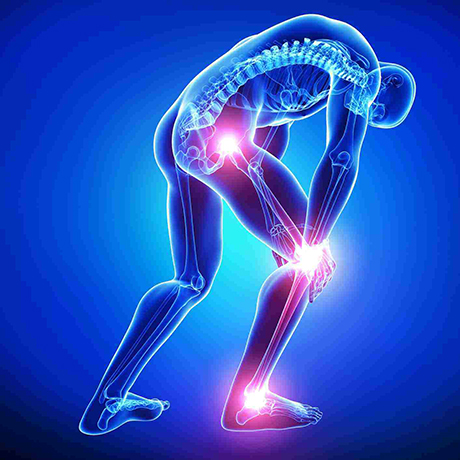One of the main techniques used to reduce breathing difficulties in physical therapy is the practice of controlled breathing exercises. These exercises often focus on abdominal breathing, which encourages patients to use their breathing muscle rather than their upper chest muscles when inhaling. This approach helps to maximize lung volume and efficiency. Additionally, pursed lip breathing is another approach that can be beneficial. This technique requires inhaling through the nose and exhaling slowly through pursed lips, which can help to keep airways open longer and make breathing feel easier. By including these activities into therapy appointments, physical therapists can provide patients with strategies to control their breathing difficulties both during and beyond of their appointments.
Another important element of managing breathing difficulties in physical therapy is the creation of an individualized exercise regimen. Tailoring exercises to meet the individual needs and capabilities of each patient is crucial. Therapists should slowly introduce aerobic exercises, such as ambulating or cycling, in a controlled manner, allowing patients to build their endurance over a period. This incremental approach helps patients to feel more at ease with fitness activity while simultaneously improving their lung capability and overall stamina. It is important for therapists to observe patients closely during these exercises to make sure they are not overexerting themselves, which could result to greater difficulty of breath.
Teaching also plays a check this site out major role in alleviating dyspnea during physical therapy sessions. Providing patients with knowledge about their condition and the mechanisms behind breathing difficulties can enable them to take charge of their health. Therapists can describe how factors like anxiety, posture, and environmental conditions can affect breathing. By comprehending these concepts, patients can learn to control their symptoms more effectively. Techniques such as anxiety reduction strategies and proper body posture can further assist in minimizing the effects of dyspnea during daily activities and therapy sessions.
In summary, effectively alleviating breathing difficulties in physical therapy appointments involves a combination of breathing exercises, individualized exercise regimens, and patient teaching. By implementing these effective methods, physical therapists can assist patients manage their breathing difficulties and improve their overall well-being. Collaboration between therapists and patients is crucial to create customized interventions that meet specific needs. With the right support and methods, patients can find relief from breathing difficulties and engage more completely in their physical therapy journey, ultimately leading to a better standard of life.
